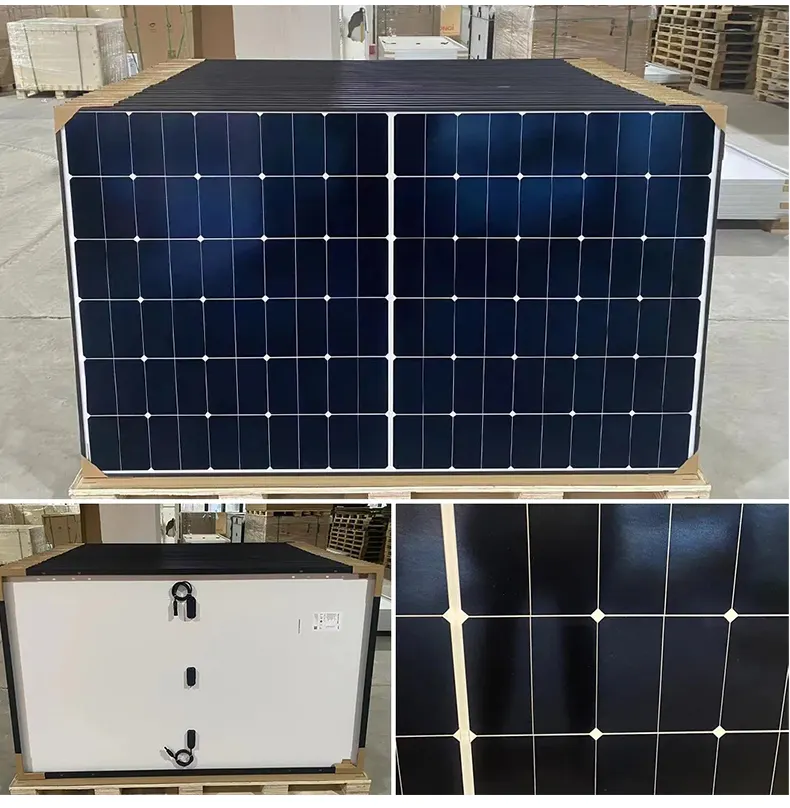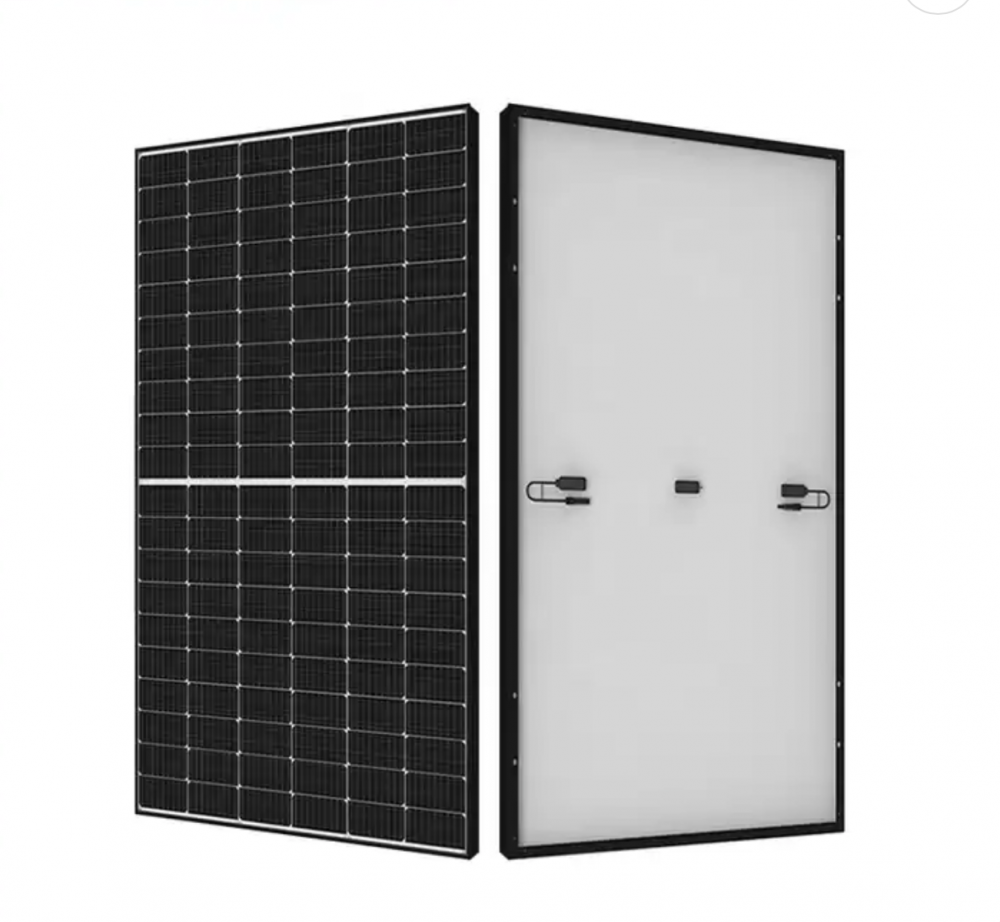**3GPP's Big Secret: How the 5G Standard is Created**
Some people think 3GPP is a mysterious organization. As the world’s largest standardization body, it’s known for its rigor and professionalism. But beyond publishing and developing specifications, the inner workings of 3GPP remain largely unknown to the public.
Recently, Dr. Chen Wanshi, chairman of TSG RAN1 and someone who has been deeply involved in 3GPP for nearly two months, held a “Demystifying 3GPP†event in Beijing. He provided an inside look at this influential industry organization, shedding light on its operations and impact.
Dr. Chen Wanshi is primarily responsible for the physical layer air interface (OTA) standardization within 3GPP. With 17 years of experience in the telecom industry, he has worked for several leading companies. Since joining Qualcomm’s R&D team in 2006, he has contributed to numerous technical deployments and standardization efforts. In August of this year, he was elected as the new chairman of RAN1, defeating his competitor in a competitive election.
**Defining a Complete End-to-End System Specification**
Many outside the communications industry may not know much about 3GPP. Even within the industry, few understand how it operates. 3GPP stands for the 3rd Generation Partnership Project, established in December 1998. It is a collaboration between seven global standards development organizations (SSOs), with over 550 member companies from more than 40 countries. These include network operators, device manufacturers, chipmakers, infrastructure providers, academia, research institutions, and government agencies.
China became part of 3GPP in June 1999 when the China Wireless Communication Standards Research Group (CWTS) officially joined in South Korea. Today, China’s three major operators and leading communication equipment vendors are members.
As the 5G era approaches, more industries and entities are joining the 3GPP ecosystem, expanding its influence far beyond traditional mobile networks. The development of 3GPP specifications is a collaborative effort led by member companies, working groups, and technical specification groups.
The original mission of 3GPP was to develop global technical specifications and reports for third-generation mobile communication systems. Over time, its scope has expanded to include cellular network technologies such as wireless access, core transmission networks, and service capabilities—covering codecs, security, and quality of service. This ensures a complete system specification.
With over 1,200 active technical specifications and hundreds of thousands of proposals, 3GPP plays a crucial role in ensuring industry demand, seamless interoperability between vendors, and the global scale necessary for mobile communication.
**Work is a Collaborative System-Level Project**
To understand 3GPP, it’s important to look at its structure. The main areas of focus are Radio Access Network (RAN), Service Architecture (SA), and Core Network (CT). Within these, there are 16 dedicated working groups (WGs) that handle different projects.
Chairmen and vice-chairmen of these groups are elected from member companies and must act objectively, representing the interests of 3GPP as a whole. They serve for up to two terms and are responsible for managing group progress, meeting schedules, and ensuring compliance with 3GPP processes.
The work of 3GPP is a decentralized, collaborative system-level project. Similar to how a jet plane is built, each component depends on the contributions of all members. The process involves four main steps: early R&D, proposal submission, subdivision into professional areas, feasibility studies, and final solution development.
From concept to commercial deployment, the journey involves multiple stages, including vision, project proposal, feasibility study, development, and deployment. Unlike many assume, most decisions aren’t made through voting but through consensus and open discussion.
Proposals are submitted, discussed openly, and refined based on feedback. While some proposals may be rejected, the overall outcome is a result of continuous collaboration. Not every proposal is equal, and the value lies in the integration of core concepts rather than just numbers.
**Technical Specifications Are the Final Outcome**
Today, 3GPP has over 1,200 active technical specifications, each built upon hundreds of proposals. Each proposal has a reporter, and the technical specification group manages the process, freezing stable features at quarterly meetings for downstream manufacturers to use in product development.
Specifications are identified by five-digit numbers, categorizing them into meaningful technical areas. Through releases, 3GPP introduces new features similar to software versions. For example, LTE evolved through multiple releases, supporting backward compatibility.
New features are functionally frozen, deployed, and integrated iteratively across different versions. This allows parallel development and ensures that each release builds upon the last.
**Enterprises and Standardization Organizations Complement Each Other**
As 5G development accelerates, 3GPP is at the center of innovation. Leading companies like Qualcomm, Huawei, and ZTE are actively shaping the next generation of wireless technology.
Standards are essential for telecom companies, and the 5G air interface is still being finalized. Qualcomm has already achieved the first 5G connection using the 3GPP 5G New Radio (NR) standard, showcasing high-speed data rates and low latency.
Qualcomm has invested heavily in 5G R&D and is working on both non-standalone (NSA) and standalone (SA) modes. The company aims to complete NSA mode by the end of 2017 and SA mode by mid-2018, marking key milestones in the 5G journey.
In conclusion, 3GPP is a complex, collaborative, and highly iterative organization that shapes the future of wireless communication. Its work is driven by technical expertise, consensus, and the collective effort of global members.
Customized Solar Panel
Customized Solar Panel, 100watt solar panel,200watt solar panel, big solar panel, high efficiency high quality solar modules
different power customized and OEM logo customized solar panel
Customized solar panel data
|
solar cell type
|
mono crystalline half cut cell
|
|
power range
|
50watt to max 700watt
|
|
size and weight
|
different size and different weight if the power is different
|
|
solar panel type
|
monofacial or bifacial
|
|
solar panel color
|
sliver or black
|
Product details and pic



Customized Solar Panel,Noncrystalline Solar Panel Module,Cheap Price Pv Solar Module,Solar Photovoltaic Pv Panel
PLIER(Suzhou) Photovoltaic Technology Co., Ltd. , https://www.pliersolar.com


